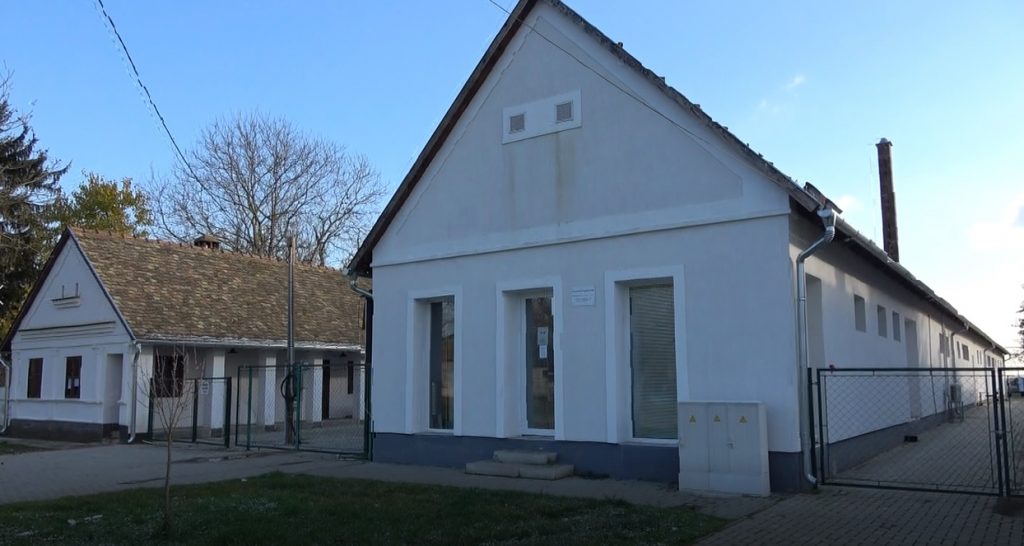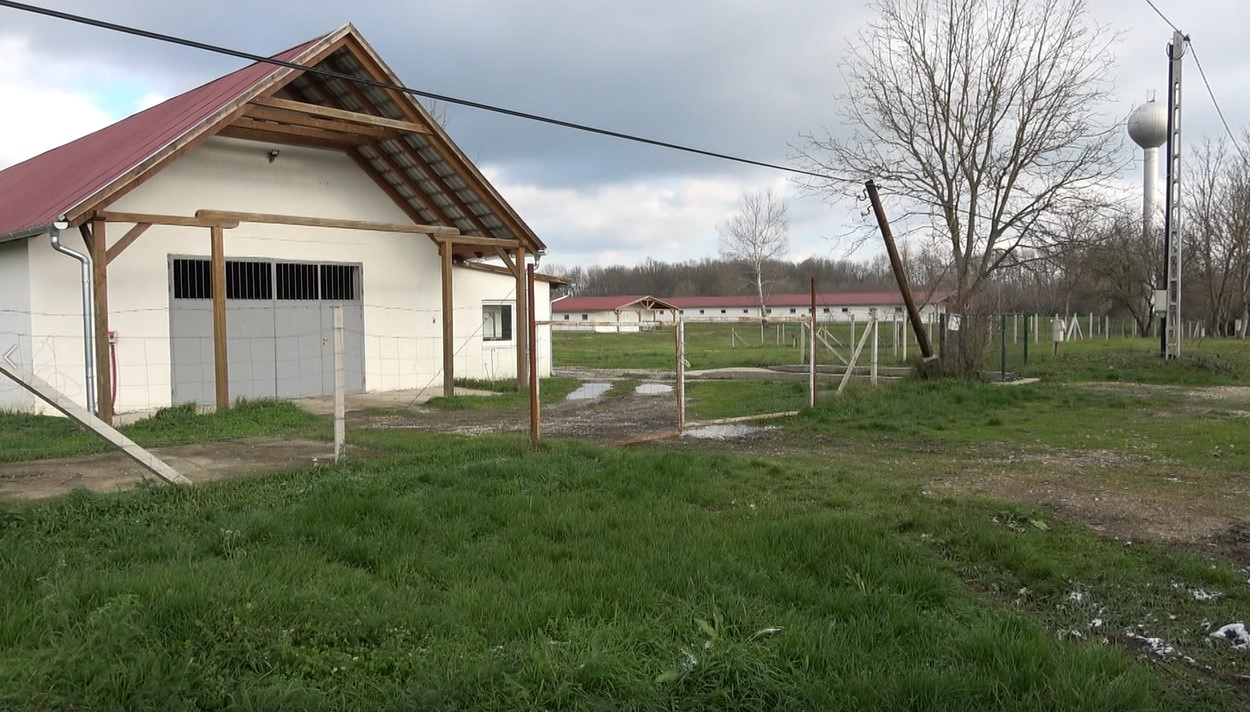The https://english.atlatszo.hu use cookies to track and profile customers such as action tags and pixel tracking on our website to assist our marketing. On our website we use technical, analytical, marketing and preference cookies. These are necessary for our site to work properly and to give us inforamation about how our site is used. See Cookies Policy
Village slaughterhouse that started as a model public employment programme went bankrupt in two years
The Ministry of Interior has provided nearly half a billion forints for a model public employment programme, during which a slaughterhouse, a meat processing plant and a pig farm were established in 2019 in Drávacsehi and Szaporca in Baranya County. The project initially appeared to be successful, but the facilities are now empty, workers have been made redundant and production ceased some time ago. The municipality of Drávacsehi is questioning the responsibility of the former manager, while locals explain the end of the success story by the deterioration in quality.
Three municipalities in the Ormánság – Drávacsehi, Tésenfa and Szaporca – joined forces to create a model programme with HUF 420 million of Ministry of Interior funding, which has helped to establish a slaughterhouse and meat processing plant in Drávacsehi, a plant for keeping a thousand pigs, a mixing unit and a sow stall in Szaporca, and nineteen new jobs. The aim was to create a production chain where the „quality and quantity of pork meat production will provide municipalities in the Ős-Dráva with the opportunity to increase their existing pig production capacity.” The plant in Drávacsehi was intended for the production of smoked meat and cod meat for sale.

The project started as a real success story in a disadvantaged area with poor infrastructure. The villagers remember that initially there were 380 pigs on the farm, with fodder for a year. Business took off quickly and demand was high – they even signed a contract with Spar Hungary for two products. Then, after a while, customers began to fall away and the „Bőközi Legendás” products were taken off the shelves of the chain. According to the locals, this was because the quality had deteriorated. Eventually production stopped completely, the pig farm was closed down and the workers were made redundant. That was about a year and a half ago.
According to the company database, the Bő-Köz-Ért Kft. behind the slaughterhouse had a turnover of HUF 92.9 million in 2020, but this fell sharply the following year, and the company closed with a loss of HUF 11 million. At that time, the company owed HUF 2 505 500 to the tax authorities, and the municipalities of Szaporca and Tésenfa withdrew from the company.
In the summer of 2022, the company was finally liquidated (due to insolvency) and its assets were put up for auction.
”A lot has happened here. Obviously we asked for an auditor’s report, but we had to wait for the liquidation to see what the amount was to hold the manager liable, to sue him”, Tamás Németh, mayor of Drávacsehi, told Átlátszó. He added, however, that he did not think the state had suffered any damage. The company operating the plant only leased the building and the equipment, while the municipality remained the owner. The current enforcement proceedings do not affect the facility and the equipment and machinery purchased with the aid.
The municipality itself, however, has suffered a loss, as it had to pay the water and electricity bills. These are between EUR 6 and 8 million, which is a major headache for the budget of such a small municipality. However, the mayor said the plant would soon be up and running again. There is a new tenant for the slaughterhouse, so they will soon be able to take back some (or all) of the employees.
The former managing director of Bő-Köz-Ért Ltd. did not respond to our inquiry. According to his public profile on the social networking site, he used to sell sunglasses and worked as a “crown guard” in Budapest. Although some say that he was appointed as managing director „on instructions from above”, his previous statements suggest that it was the other way round, that he was approached by the municipalities concerned.
Written and translated by Eszter Katus. Hungarian version of this story available here.


